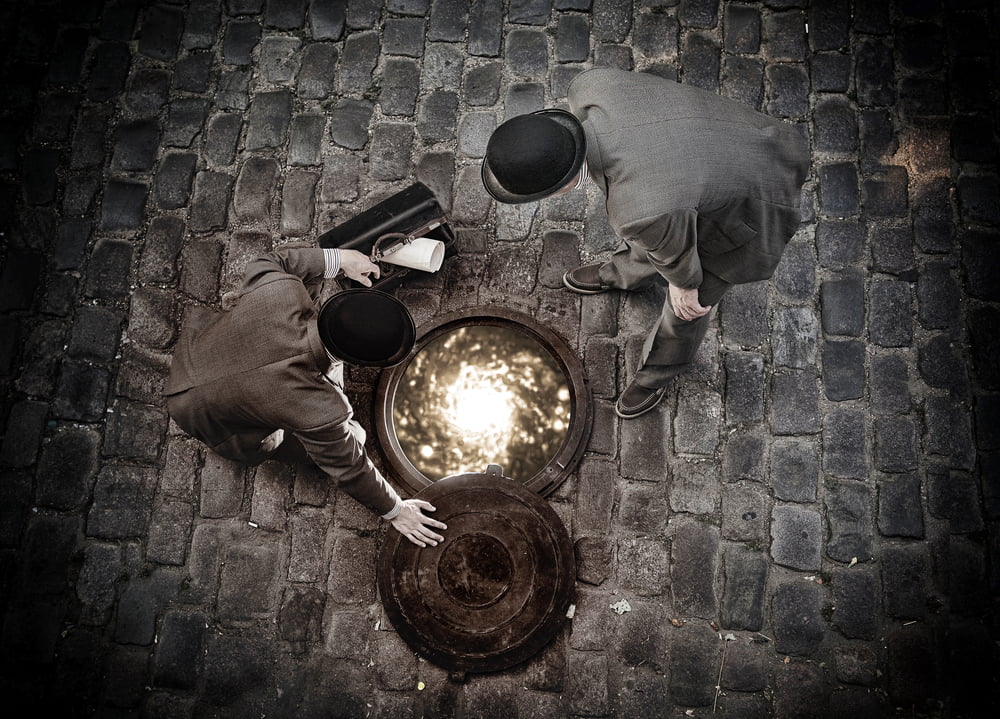You are on the top of a mountain and observe from above an immense expanse of snow, eternal glaciers that reflect the light in a thousand colored reflections, while you breathe deeply of the pure and crisp air. Such a magical moment is too good to be true.
And in fact maybe it isn't.
At least that's what will happen when the University of Berkeley's research project is finished.
Use light to show us what doesn't exist
Our temporal experiences produce a trace in the brain: neurons light up in sequence and transmit sensations and reactions to our body. Neuroscientists are trying to reverse engineer these experiences to try to make us relive them simply by stimulating the neurons to "redo that path".
Today the process is quite invasive: neurons must be genetically modified with photosensitive proteins so that they can be manipulated by making them react to light (it is an emerging science called optogenetics). To manage everything it is then necessary to surgically implant a metal plate on the used area.
The challenge is instead to stimulate experiences in the brain by illuminating the surface of the cortex as if with a lighthouse with the help of luminous holograms that reproduce in 3D the neural pathways that we want to replicate.
“The advantage is that you can control the neurons precisely and specifically,” explains Nicolas Pegard, one of the authors of the study published in Nature Neuroscience. “This is a meeting point of different technologies, which we have never been able to bring together before.”

The result is a “holographic brain modulator,” an optogenetic system called 3D-SHOT, presented last year with an article in the journal Nature Communications.
What 3D-SHOT does
The potential of the device is incredible, especially in the medical field: stimulating vision in the blind and hearing in the deaf, bringing back some sensations to people with damaged peripheral nerves and helping to control robotic limbs even better.
“Reading and writing neural pathways is a bit like speaking to the brain with its own language, and making it interpret messages much better. This will one day lead us to develop technologies that can also enhance our senses or add new ones".
First steps
The current stage of the research is the 3D Shot prototype test on the visual, tactile and motor areas of the brain of mice.
The next step is to train the mice so that we can observe the change in behavior due to the stimulation: behavioral observation is the only possible method, also because you cannot directly ask the mouse to tell you what that ride on the wheel is like which it is NOT doing in reality, but the sensation of which you have transmitted to its brain.
It will then be necessary to set the precision of the device to act on specific areas of the brain by stimulating precise sensations, and miniaturize the components to get to insert the 3D Shot in a backpack (today it practically occupies almost an entire room).
The next step is human testing, until one day to live fantastic experiences totally induced in our brain by advanced technology. Maybe it's already happening and we don't know it, Elon Musk and scientists who believe we are living in a simulation or an entire "holographic" universe would say.


